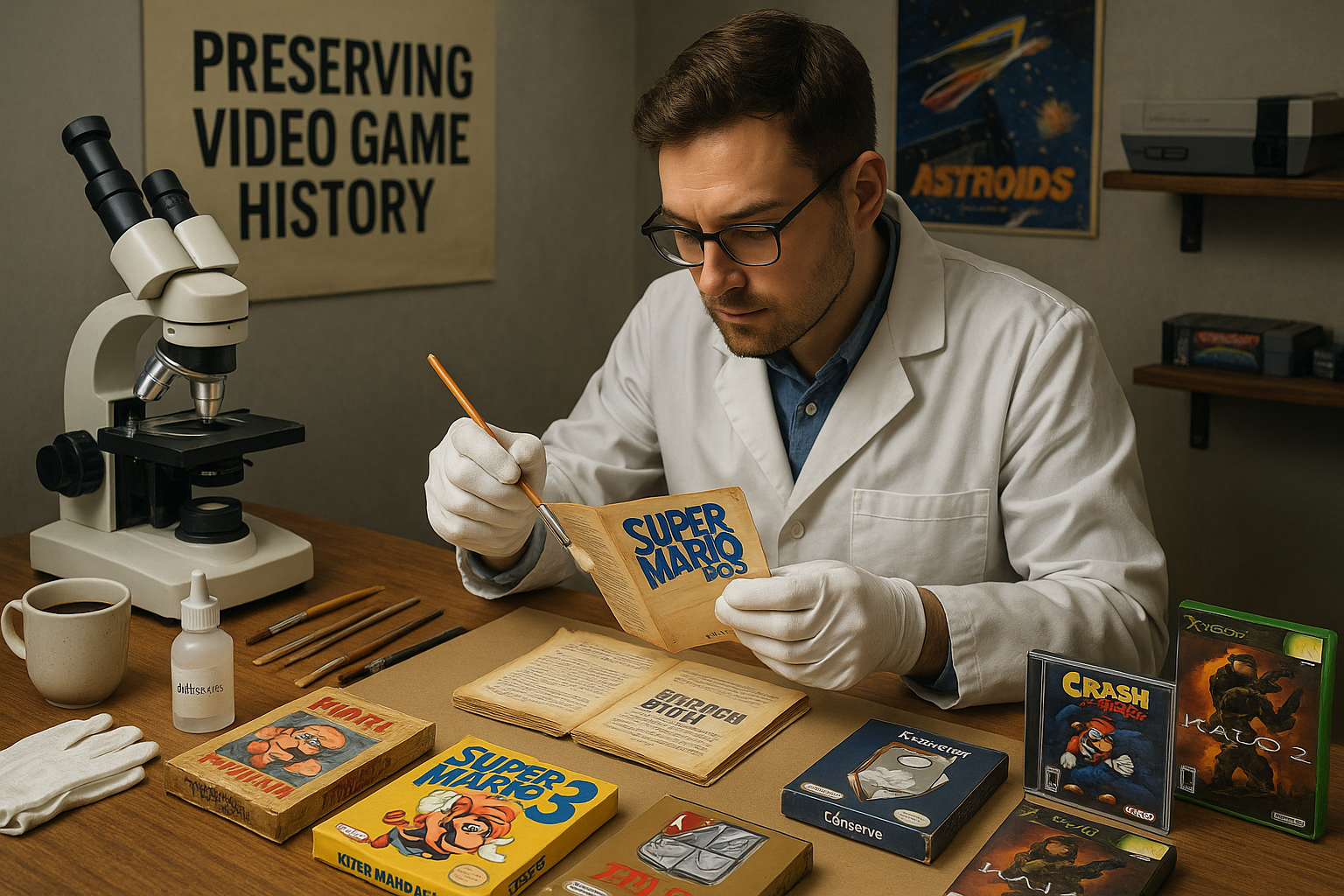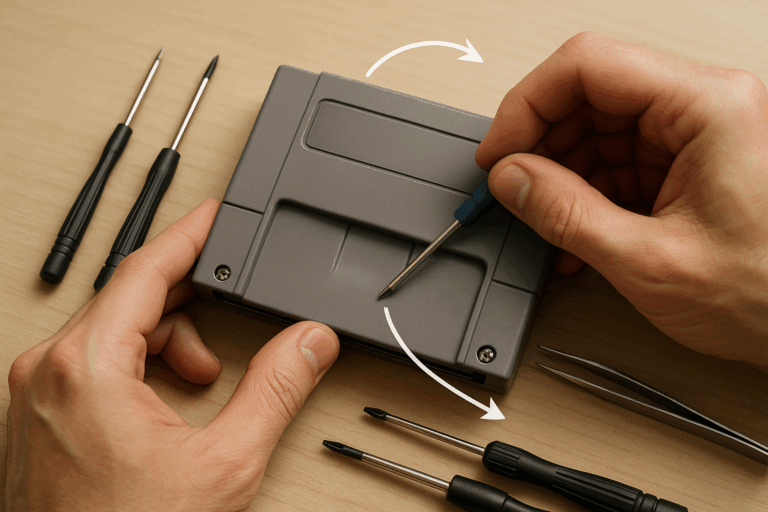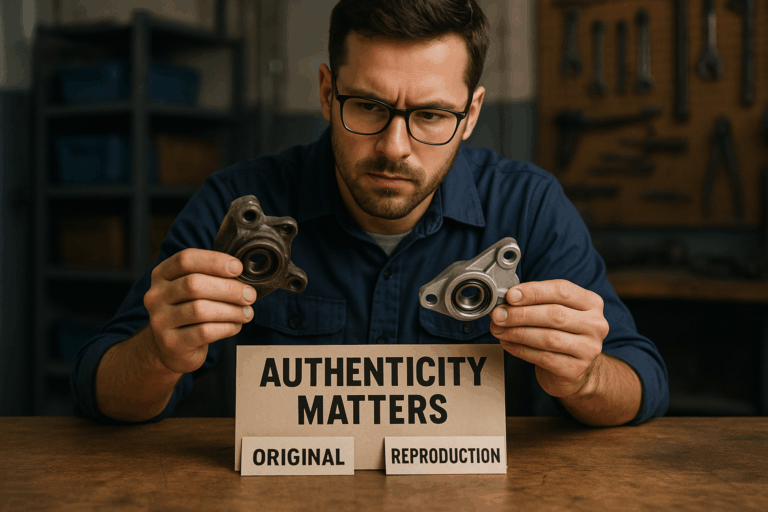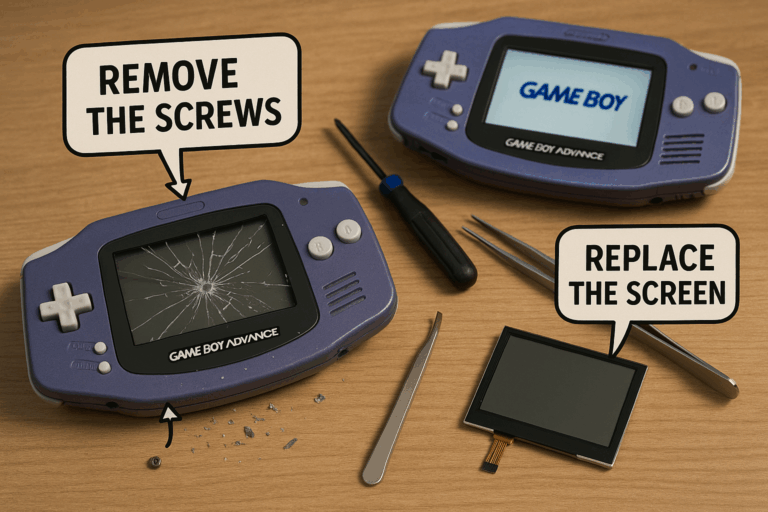In a world where digitalization has become the norm, there still remains a palpable charm attached to physical objects, especially when those objects are part of our cherished gaming history. The tactile sensation of flipping through a game manual, the vibrancy of the artwork on the box, the nostalgic aroma of ink on paper – these are experiences that transcend the game itself and are equally important facets of the gaming narrative. Welcome, dear readers, to a journey of preservation and restoration, where we explore how professional archival techniques can breathe new life into old game manuals and boxes.
Even as we revel in the cutting-edge graphics and extraordinary game designs of today, our nostalgia for the games of yesteryears is unshakeable. Game manuals and boxes serve as tangible artefacts of those cherished times, their worth immeasurable. However, as the pages of these manuals age and the colors on the boxes fade, the need for preservation and restoration becomes crucial. Not only for the individual enthusiast, but for the collective gaming history. This article is designed to guide you through the process of preserving these treasures using professional archival techniques. Our journey will delve into the methods and materials used by conservators, shedding light on the intricacies of the restoration process.
The objective of this article is not merely to provide a step-by-step guide to preservation, but also to underline the importance of this endeavor. We will explore the evolution of game manuals and boxes, understand the common damages they are subject to, and present a comprehensive overview of the professional archival techniques used to restore them. Our focus will range from preventive measures such as optimal storage conditions to reactive procedures involving repair and restoration. Furthermore, we will highlight some of the ethical considerations in conservation, ensuring that our efforts to preserve do not inadvertently distort the history we seek to safeguard.
Buckle up for this voyage into the fascinating realm of preservation, where science and art converge to ensure our gaming history remains as vibrant and accessible as ever. This article will be your compass, guiding you through the labyrinth of professional archival techniques. Whether you are a casual gamer seeking to preserve a beloved game manual, or a dedicated conservator interested in the broader aspects of game preservation, this in-depth exploration promises to be an enlightening journey. So, let’s roll up our sleeves, and step into the intriguing world of preserving gaming history.
The Significance of Game Manuals and Boxes in Gaming History
It is a common practice among passionate gamers to save the original boxes and manuals of their favorite games. These items are not only a physical testament to the games we love but also an essential part of gaming history. They represent a unique period in time, reflecting the technology, design preferences, and even the marketing strategies of their respective eras.
However, as time passes, these artifacts tend to degrade, especially if not stored properly. Paper and cardboard are susceptible to factors such as humidity, heat, and light, which can lead to discoloration, warping, and even mold growth. Therefore, preserving these pieces of gaming history requires professional archival techniques.
Understanding the Common Types of Damage to Game Manuals and Boxes
Before diving into the restoration process, it’s important to understand the types of damage that these materials can suffer. This understanding will guide the selection of appropriate archival techniques and materials. The following are the most common forms of damage:
- Physical Damage: This includes tears, creases, and other types of deformation that can occur due to mishandling or improper storage.
- Environmental Damage: Factors such as heat, humidity, and light can cause discoloration, warping, and mold growth.
- Biological Damage: Insects, rodents, and other pests can also cause significant damage to paper and cardboard materials.
It’s worth noting that some types of damage, such as severe mold growth or insect infestation, might be beyond repair. In such cases, professional consultation is recommended.
For an illustrative and comprehensive understanding of the various types of damages, you can watch this informative video titled “Game Collection Damage and How to Prevent it” by the YouTube channel Retro Game On. This video provides valuable insights into the types of damages and their preventative measures.
Preservation Techniques for Game Manuals and Boxes
Preserving game manuals and boxes involves a series of steps, including cleaning, repairing, and protecting the items. The following sections detail these steps, along with recommended materials and methods.
Cleaning
The first step in preserving game manuals and boxes is cleaning. This process removes dirt, dust, and other particles that might degrade the material over time. However, cleaning needs to be done carefully, using materials that won’t damage the items. A soft brush is usually sufficient for this task. For stubborn dirt, a specialized document cleaning pad can be used. Always test the cleaning method on a small, inconspicuous area first to avoid causing further damage.
Repairing
After cleaning, the next step is repairing any physical damage. Tears and creases can be repaired using archival repair tape. This tape is made from a special type of paper that’s thin yet strong, and it’s coated with an acid-free adhesive that won’t damage the material over time. For more severe damage, such as missing sections, professional repair services might be necessary.
Protection
The final step in the preservation process is protecting the items from future damage. This can be achieved by storing the items in archival-quality storage materials, such as acid-free boxes and plastic sleeves. These materials provide a stable environment that protects the items from factors such as humidity, heat, and light.
Comparison of Preservation Materials
There are many products available for preserving game manuals and boxes, and choosing the right ones can be a daunting task. The following table provides a comparison of some of the most popular preservation materials, along with their pros and cons.
| Product | Pros | Cons |
|---|---|---|
| Archival Repair Tape | Strong and durable, Acid-free adhesive, Easy to use | Can be expensive, Might not be suitable for severe damage |
| Document Cleaning Pad | Effective for removing dirt, Non-damaging | Can be messy, Not suitable for wet cleaning |
| Acid-Free Boxes | Provides excellent protection, Available in various sizes | Can be bulky, More expensive than regular boxes |
| Plastic Sleeves | Cheap and easy to use, Provides good protection | Not all are acid-free, Can cause static electricity |
Before deciding on a product, it’s crucial to consider the specific needs and conditions of your collection. If you’re uncertain about a product or technique, don’t hesitate to consult with a professional.
Conclusion
To preserve the gaming heritage that forms a significant part of our cultural history, it is of utmost importance to properly maintain and restore gaming manuals and boxes. These items, often neglected or mishandled, encapsulate a period of technological advancement and reflect the design and marketing trends of their respective eras.
Throughout this article, we have delved into the various forms of damage that these materials can undergo due to factors such as the environment, physical mishandling, and biological agents. Recognizing the types of damage is a crucial preliminary step in the preservation process, informing the choice of suitable archival techniques and materials. It’s important to remember that in cases of severe damage, such as extensive mold growth or insect infestation, professional consultation is highly recommended.
We explored the preservation process in detail, discussing the importance of careful cleaning to remove dirt and particles, repairing any physical damage, and protecting items from future harm. We learned about the use of a soft brush or a specialized document cleaning pad for cleaning, archival repair tape for repairing, and archival-quality storage materials such as acid-free boxes and plastic sleeves for protection.
Further, we compared some of the most popular preservation materials, discussing their pros and cons to aid in making an informed decision. While selecting a product, the specific needs and conditions of your collection should be the guiding factor.
It’s worth investing the time and effort in preserving these artifacts, not just because it enhances the value and appeal of a gaming collection, but more importantly, it safeguards an essential part of our gaming heritage. A well-preserved piece of gaming history can serve as a tangible connection to the past, fostering appreciation and understanding among future generations.
To recapitulate, the maintenance and preservation of game manuals and boxes is not a task to be overlooked. It is a crucial endeavor that contributes to the conservation of our gaming history. It’s an inspiring and rewarding process that every gaming enthusiast, collector, and historian should undertake.
If you found this article informative and helpful, please feel free to comment and share. We also encourage you to apply the techniques mentioned herein to your own gaming collections. Remember, every effort counts when it comes to preserving our gaming heritage.
For a comprehensive understanding, here are the mentioned resources:
1. Game Collection Damage and How to Prevent it
2. Preserving Video Game Boxes and Manuals
Let’s embark on this journey together, to preserve and protect our cherished gaming history for ourselves and for generations to come.




